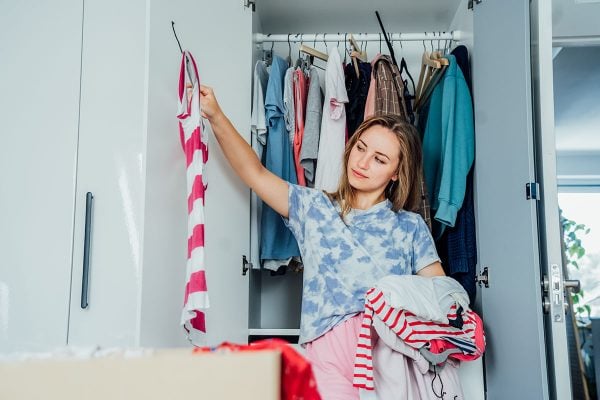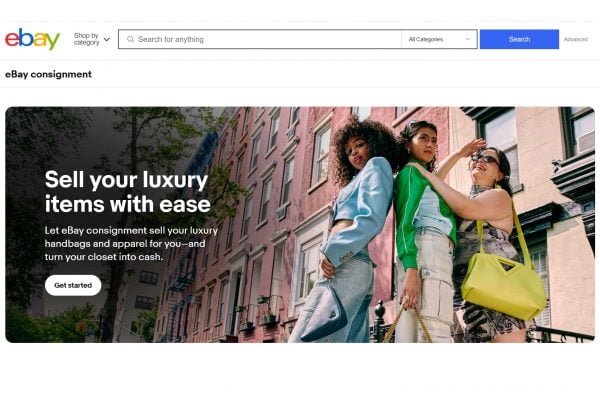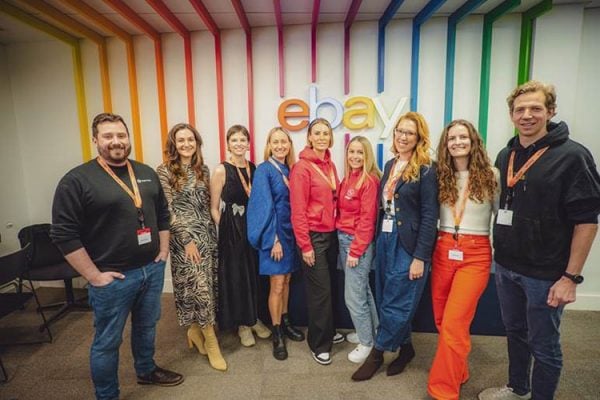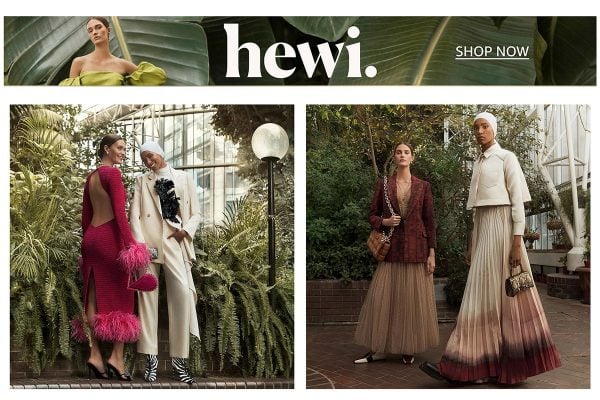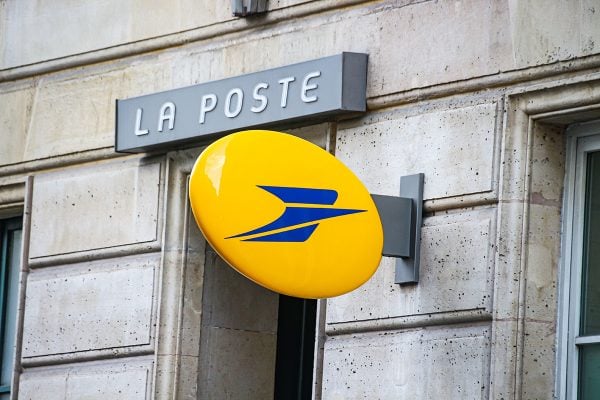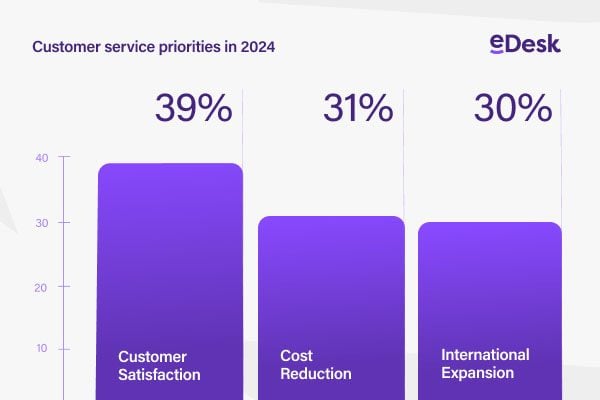 By far the most popular ecommerce category, 60% of online shoppers buy at least one item of clothing on a regular basis . As a result, the market is relatively crowded and securing market share is vital.
By far the most popular ecommerce category, 60% of online shoppers buy at least one item of clothing on a regular basis . As a result, the market is relatively crowded and securing market share is vital.
With London Fashion Week in full swing and fashion ecommerce as popular as ever, Lengow have gathered some ecommerce tips to help your brand stand out.
Boost Customer Acquisition
In an increasingly competitive environment, there are countless tools to help you drive traffic to your online store.
To get as many people as possible to know about your brand and products, social marketing is a must. Not only does it help items in your product catalogue to go viral, it also acts to create long-lasting relationship with your clients. Although it’s hard to measure the impact of social media on ROI, over 50% of marketers who have been active on social media for over 2 years have reported an increase in sales . Facebook leads the way, accounting for 85% of all transactions made thanks to social media. Whereas 41% of businesses opt to use Google ads, a whopping 84% choose Facebook ads as their weapon of choice .
Andy Mulcahy, IMRG
The other side of acquisition is of course ensuring that customers return. One way of doing this is retargeting, advertising a product, that interested a client but which they did not purchase, on third party websites. This not only keeps your brand in front of them but also makes it seem omnipresent. Emailing, is another way to keep in touch with your clients, updating them on offers and new products on a regular basis to keep them engaged with your brand.
Maximise SEO Returns
93% of online activity begins on search engines and 30-50% of an online store’s web traffic comes from SEO.
According to Google, the most searched fashion term of 2015 was ‘how to walk in heels’, rather than a specific brand/item, which means search is not all about sales. This means brands could be missing huge revenue opportunities. Considering that 39% of luxury clothes bought online are impulse buys , SEO is clearly important.
That being said, it is equally important for your brand to be present on marketplaces as it is for you to have good SEO, as 44% of web users go directly to Amazon to search for a product as opposed to Google.
Perfect Product Descriptions
Online experience must be as close to trying items on in store as possible, as this is an element which can lead to uncertainty, high bounce rates and basket abandonment.
E-Shoppers seek the most comprehensive product information before making a purchase, and will happily move between retailers to find the one with the best information. More than 25% of consumers did not follow through with a purchase because the website lacked quality images and product reviews, and 40% of customers have returned online purchases which didn’t match the description online.
Give customers as much information as possible: include multi-angled images of products and add catwalk-style videos, to show what the clothes look like on. Asos use a new solution called Virtusize, which allows customers to compare the specific measurements of a product with an item they already own. This has led to reduced fit-related returns by up to 30% .
Enhance Logistics
25% of customers fail to convert due to an overcomplicated website layout . A long, confusing checkout process is likely to prevent conversions. Make sure your website has clear page headings; obvious call-to-actions; checkout progress indicators with a basket summary on each page and simplify online forms as much as possible.
Free delivery could significantly increase sales, with a 12% improvement on basket abandonment rates and up to 8% more items added in the first place . Why not offer free delivery to clients who have reached a realistic spend, as a reward and to encourage customers to spend more? Depending on your clients, you could follow MatchesFashion’s lead and offer ultra-fast delivery, which although pricey, means that items ordered before 11am are received by 5pm!
Nothing will boost sales like the promise of free returns. Asos even suggests that some customers treat their free shipping service as a changing room experience, from the comfort of their bedroom. It gives customers the confidence to buy more than they would otherwise and 60% of shoppers are less likely to return online goods than their high-street counterparts .
